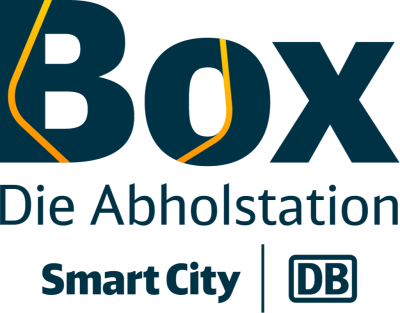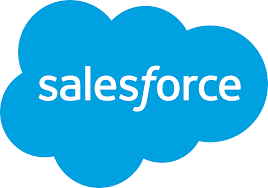How can marketers bridge the gap between omnichannel and the consumer?
What does ‘seamless retail’ mean to you?
Let's get over thinking about retail in channels. Why? Because our customers don't. They combine mobile, online and offline stores in their journey. It's time that retail answers with a seamless retail experience and consistent service, regardless of where the customer is coming from and going to.
The basis for this is data consistency. This is what we have been working hard on during the last couple of years. We created one big data pool from which we are executing actions for an omnichannel experience.
What is the most important factor when competing with large online marketplaces? How are the demands of your customers changing, and how are you adapting to this?
Customers demand one-stop-shopping to save time and cost. But as product lifecycles get faster, the requested product width and depth increases dramatically due to the speed of technological development. Even if a distributor stocks 10 million products in the future it won't meet demand. This puts a lot of pressure on distribution.
Conrad's solution to compete was to dramatically enlarge the service and product offer by becoming our own marketplace. The marketplace was launched in April/May in Germany and we are currently working on the European rollout.

What’s the greatest roadblock you encounter when trying to implement change?
The biggest roadblock is to convince the whole team to come along on the journey! That is the only way to start, with full power into the change process.
People say that Google processes more than 3.5 billion search queries every single day. With all those search queries, I can safely say that Google knows a thing or two about how people search online and content marketing.
Now add to this machine learning - a system that can rank your pages based on user engagement - and it's quite obvious that businesses must have a better understanding on who their customers are and what questions they have, and will have, as they search online for solutions.
How has your approach to using customer data changed? How do you bridge the gap between big data and the actual person at the end of the transaction?
Big data has changed the world. I can remember when we segmented according to company size, turnover and business segment. These times are over! 1-1 is the only appropriate answer. And that is also what customers are demanding. That means being unique and being treated uniquely, while also achieving optimum efficiency for both sides, the customer and the distributor.
Where is the most beneficial area to allocate marketing and technology spend in order to see greatest return on investment?
Digitalisation! Only 16% of the production and distribution companies in Germany are digitalised. Only 50% of all B2B companies have websites and only 47% of all B2B companies put digitalisation first. This is unbelievable! A company that does not see the importance of digitalisation will not exist in the future.
What is your next professional goal you would like to accomplish?
For Conrad in general, my goal is to strengthen our B2B footprint especially in the Southern and Eastern parts of Europe, and to further win European market share.
Breaking your question down to Marketing, we have already automized big parts of our neartime Marketing channels. Our next target is to get better in the automization of realtime Marketing channels and take the next step in the digital transformation also for our sales teams by introducing cloud technologies.
You can hear more from Melanie Lauer at the transformation workshop on day one at eTail Germany 2018 in March at the Hotel nhow, Berlin.













